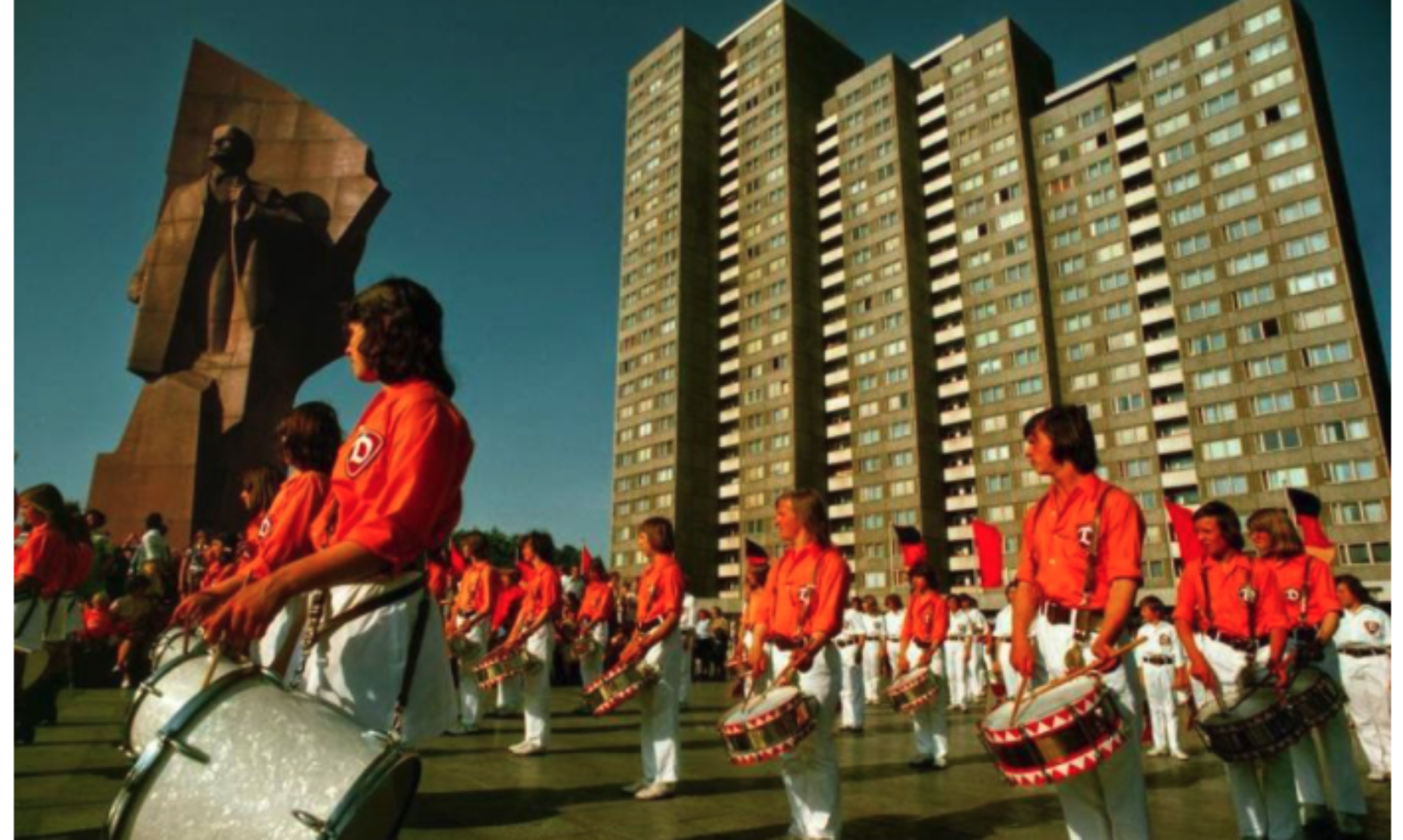Both within Havel’s speech and Garton-Ash’s book, the idea of change and revolution comes with the movement of individuals toward a mutual goal. Only then can real change be enacted, and with the consent of the people to accept the change as real. Havel addresses this when he says that “Freedom and democracy include participation and therefore responsibility from us all.” (Havel 2). Without the participation of the people and their will, nothing would have changed. His recognition of their acceptance also meant that they could also then accept that they did not have to live like they did anymore, and could progress into a new and distinct Czechoslovakian identity. Garton-Ash also outlines this as he details the crowds and their dedication to protesting, and the Forum members working to their limits everyday. Their participation, whether they felt it or not, was instrumental to the movement. As Garton-Ash repeatedly wrote, they did not always know what they were doing, but as long as they stuck with their hopes for Czechoslovakia, at least something would change.
Havel also mentioned that the other countries that had acted before them served as their predecessors and reminders for the cost of change; Garton-Ash questioned why they took longer, even though they were the most “democratic state in the region before the war,” (Garton-Ash 126). Garton-Ash believed that they acted last because others essentially set the stage for them; Havel saw their delay as time to plan more accordingly and see how they wanted the Czechoslovakian legacy to exist. I question which seems more plausible; obviously they work hand-in-hand, but which came first? Was it more passive and placed upon Czechoslovakian people, or were they lying in wait, waiting to be active?
